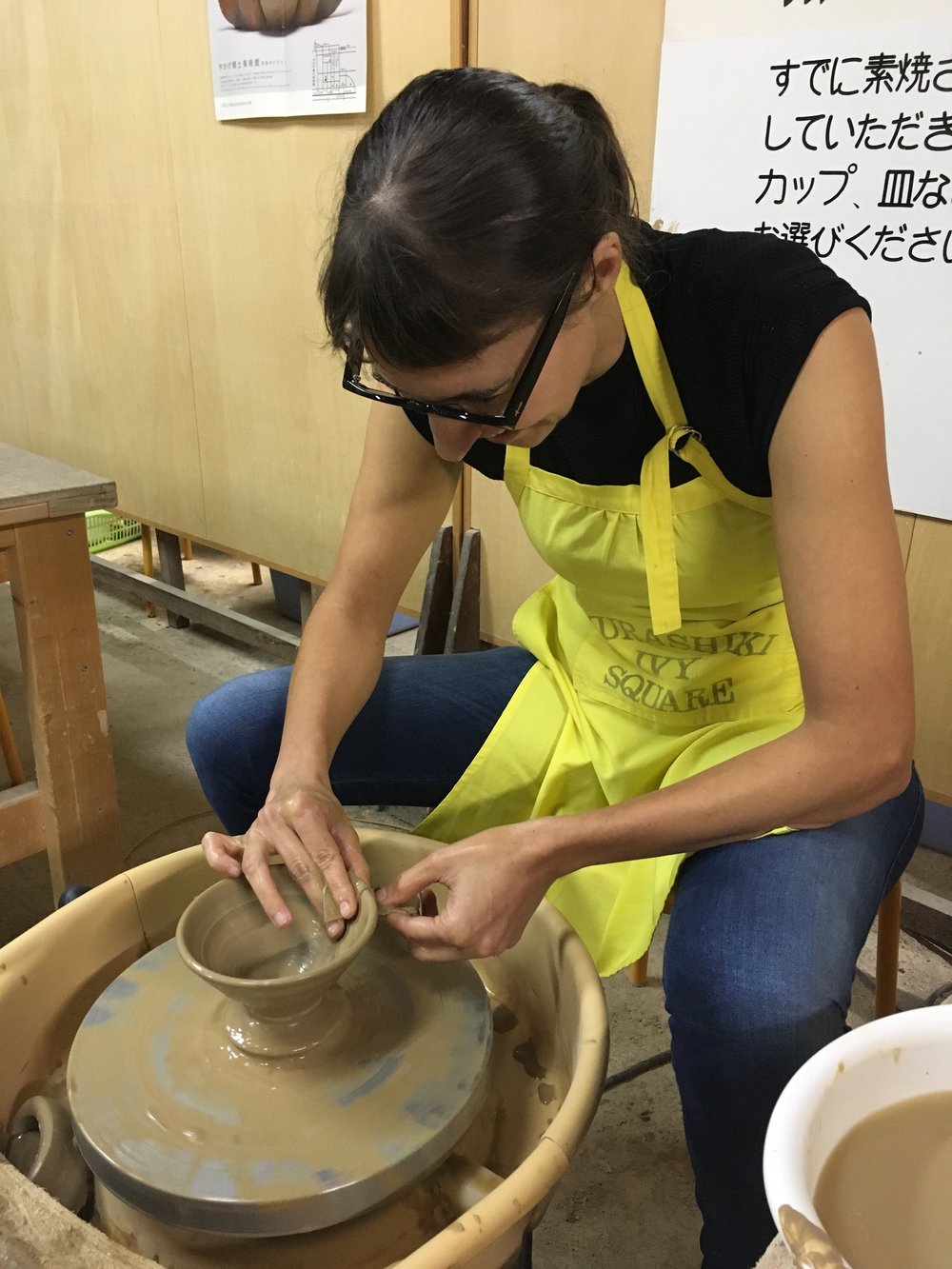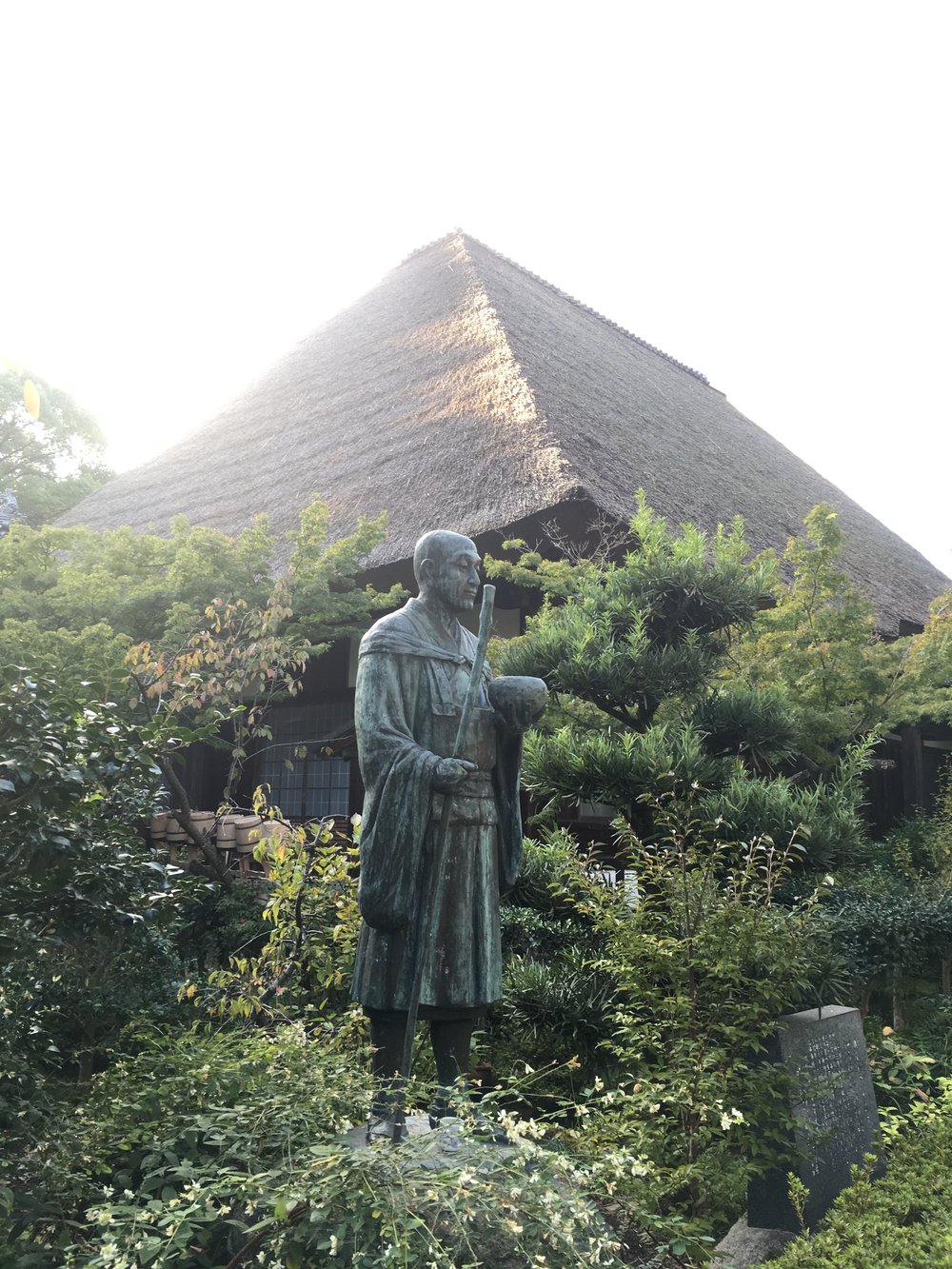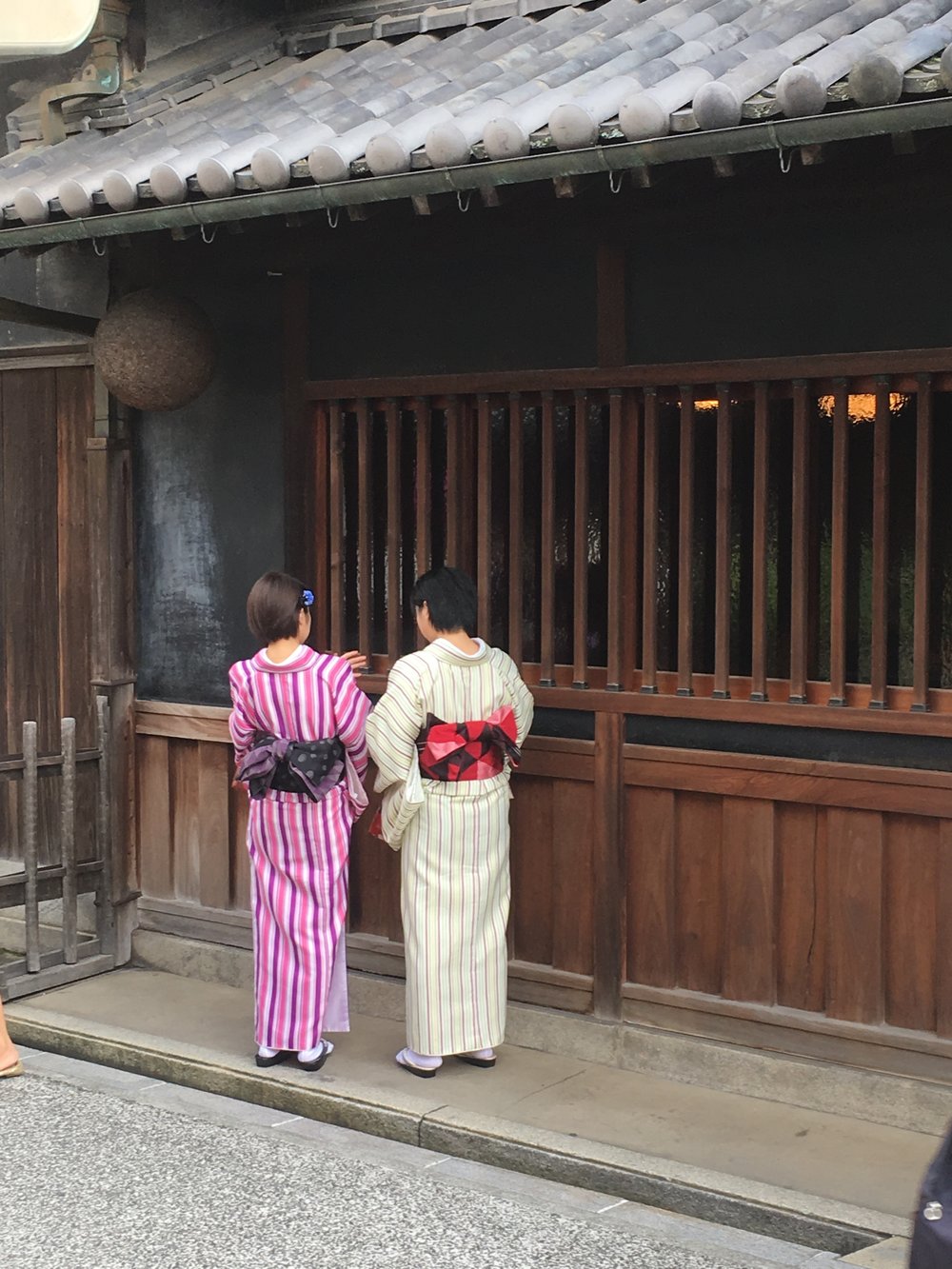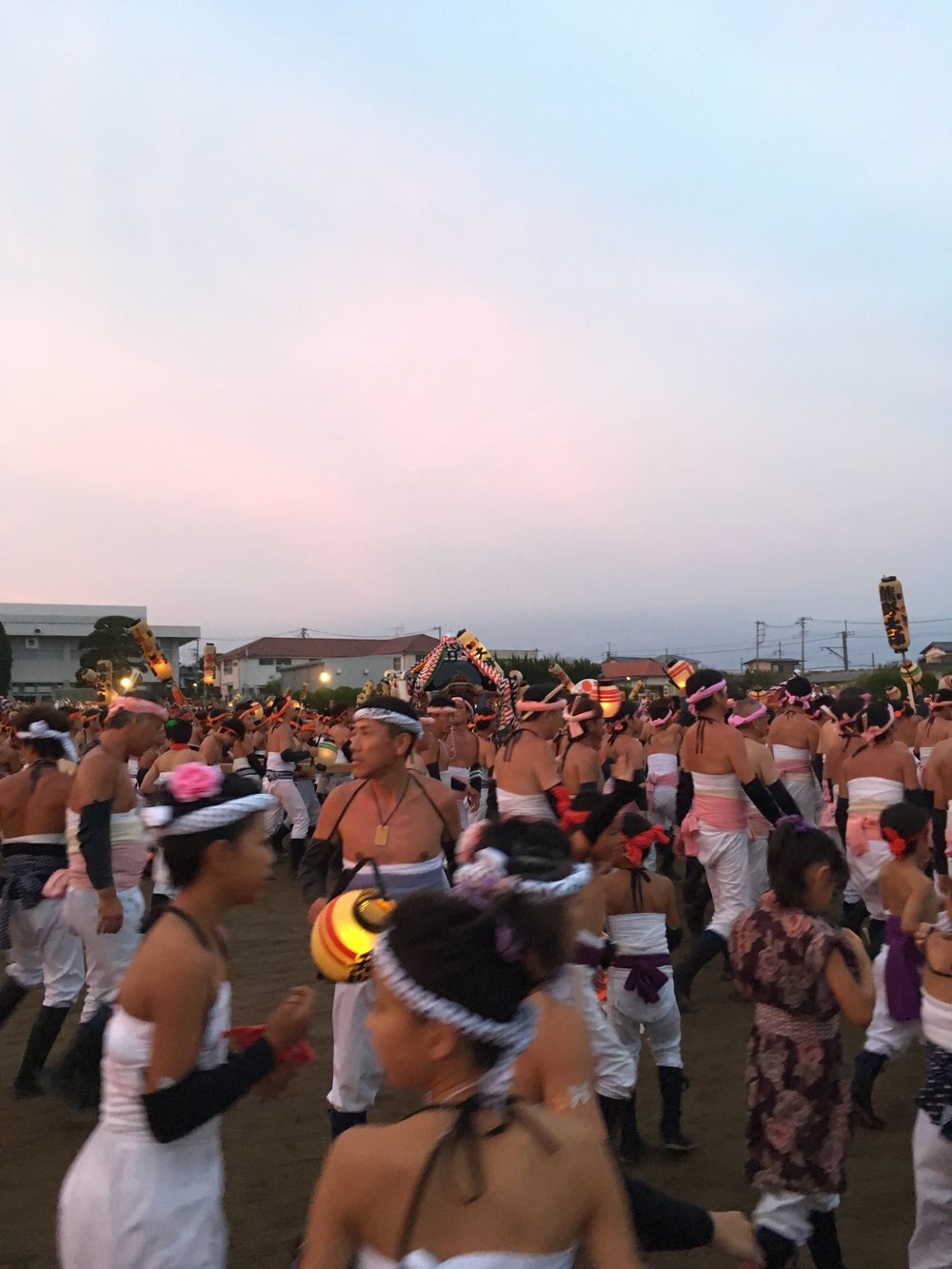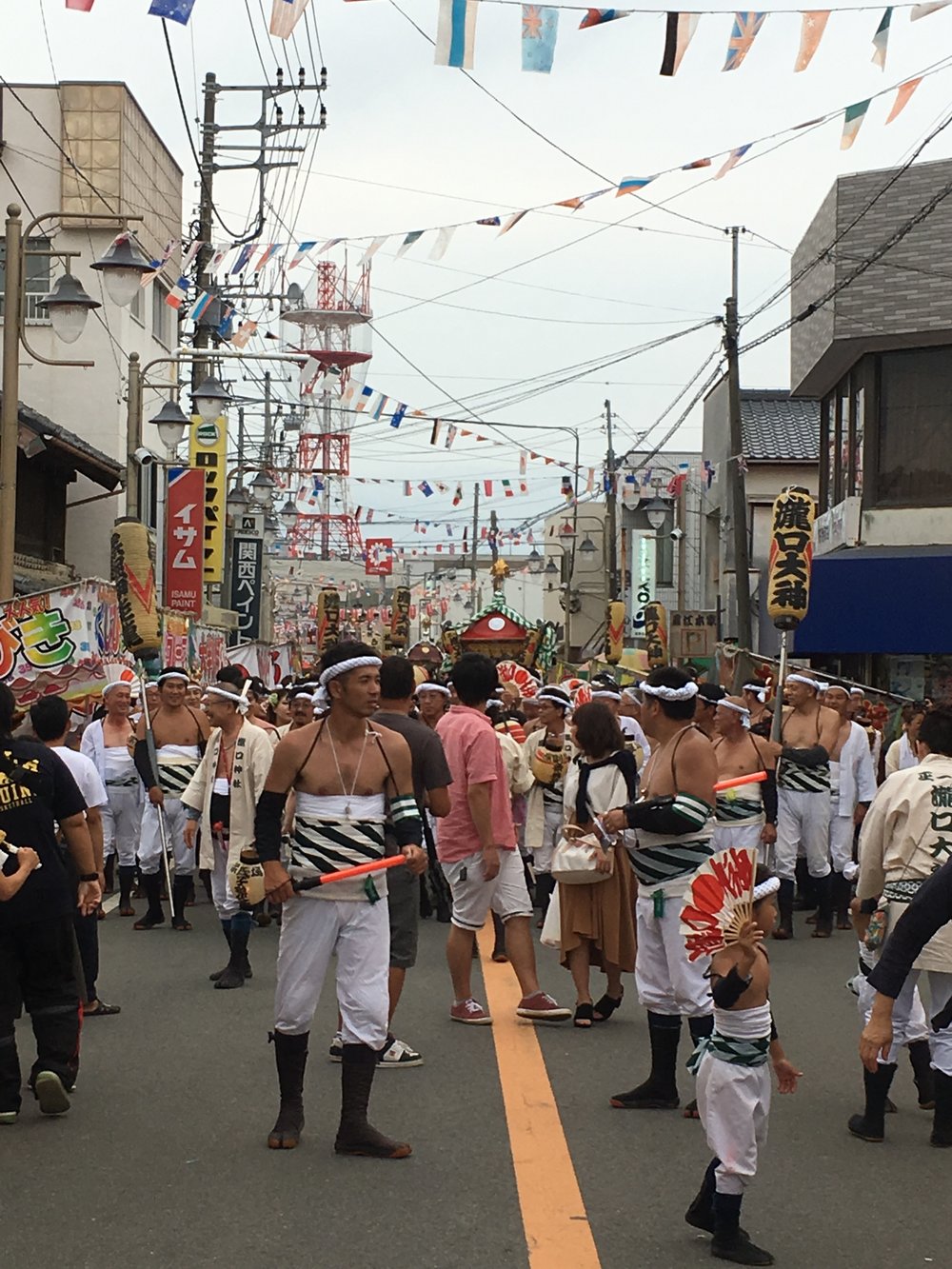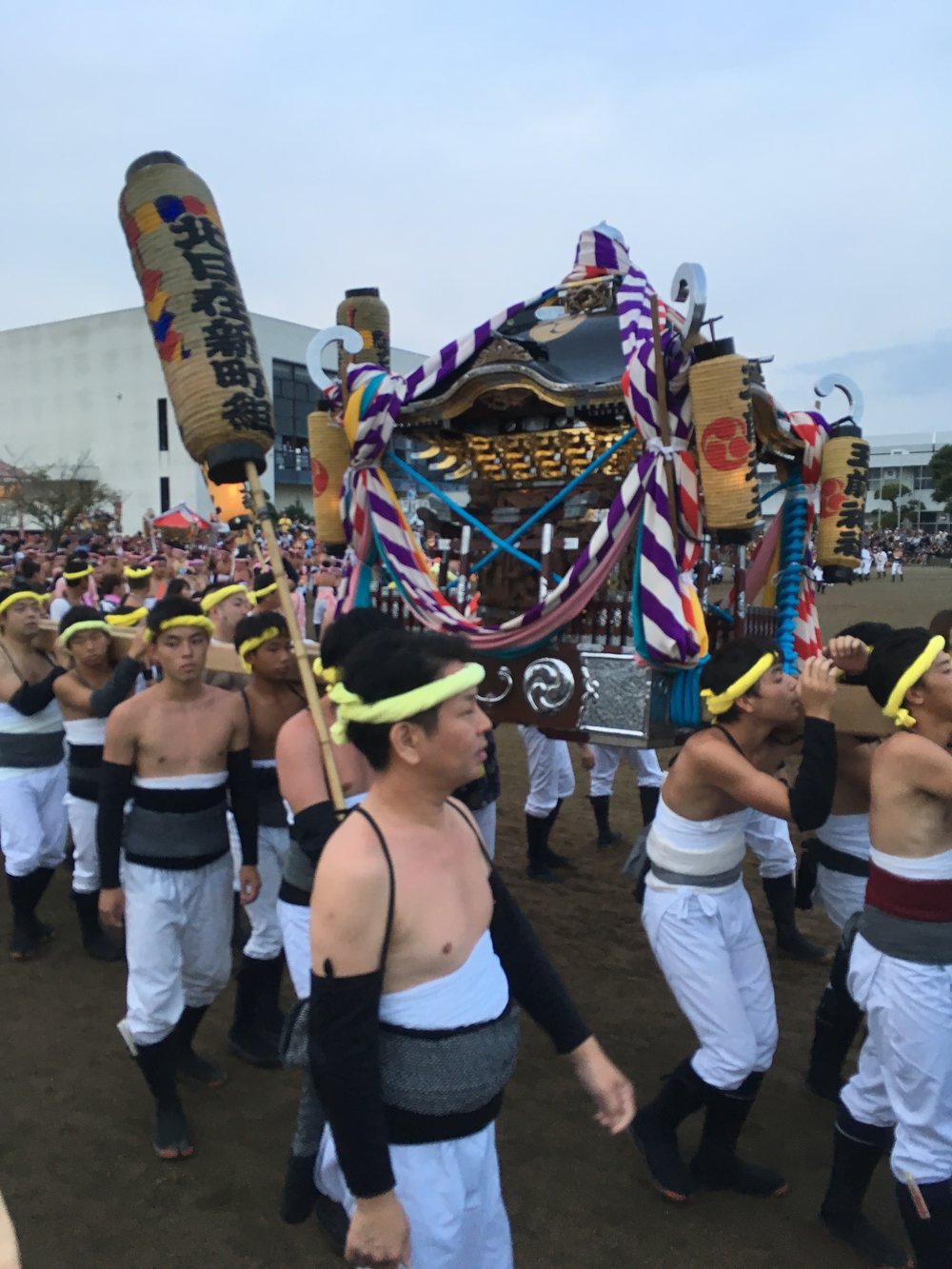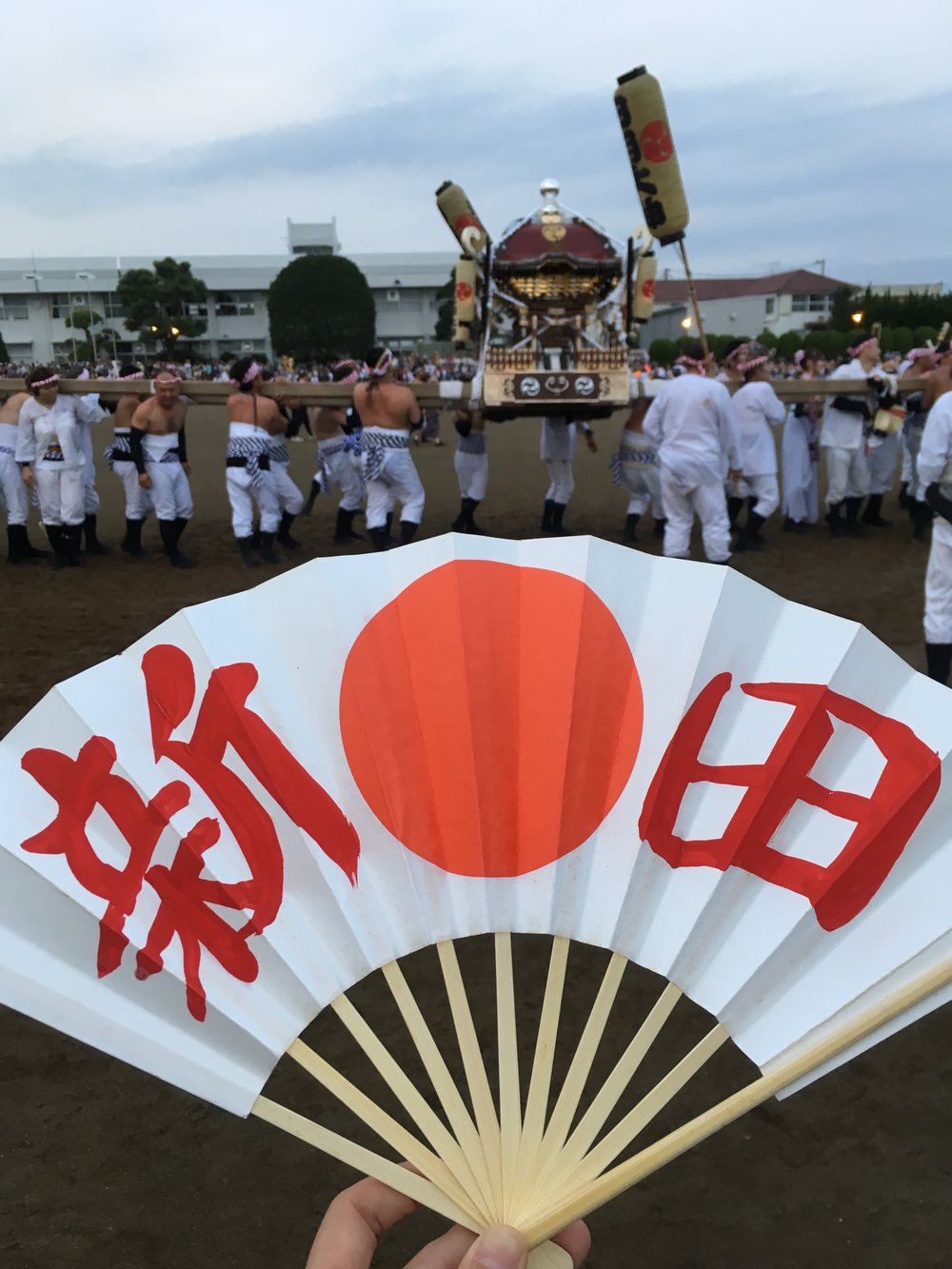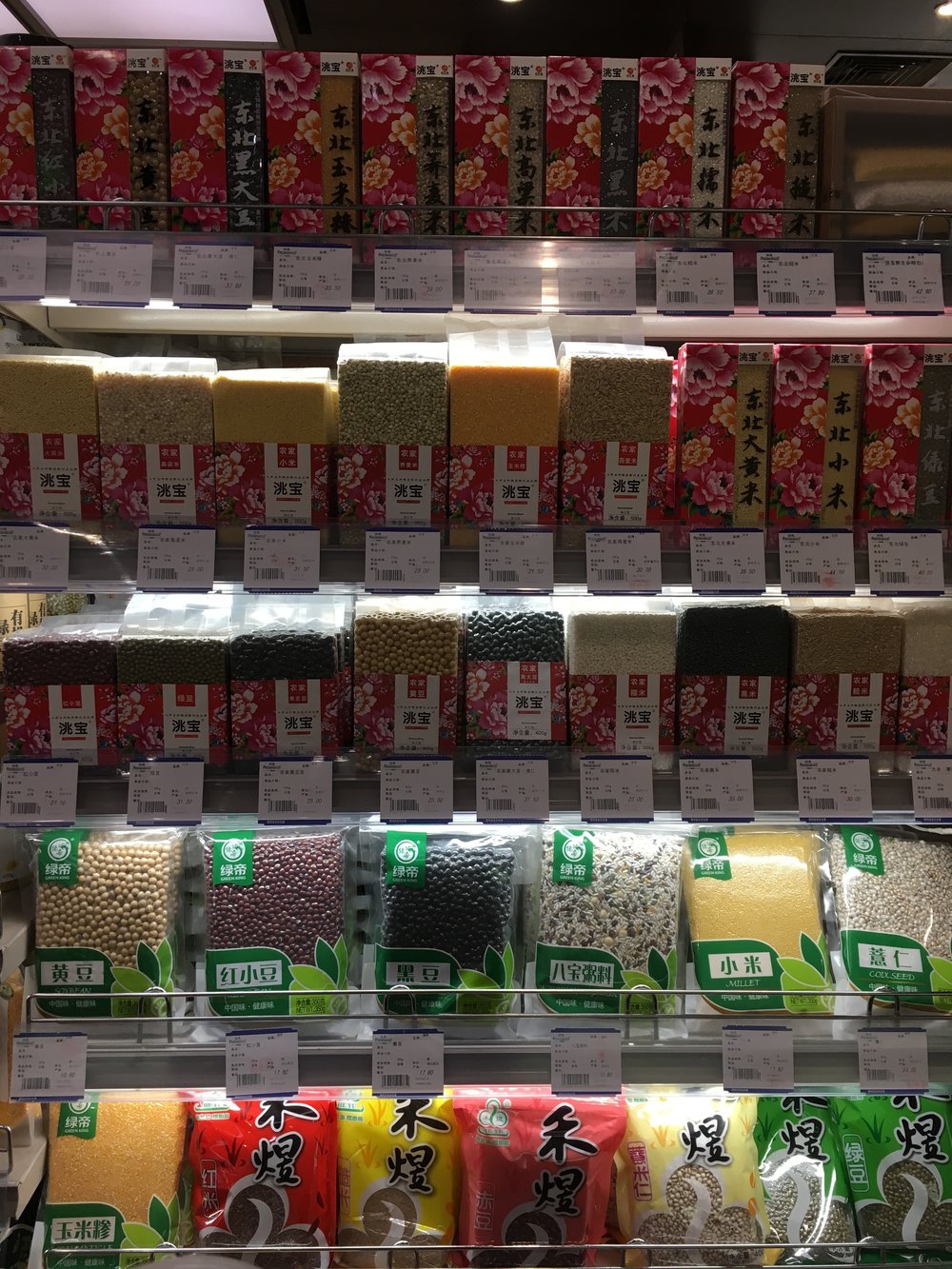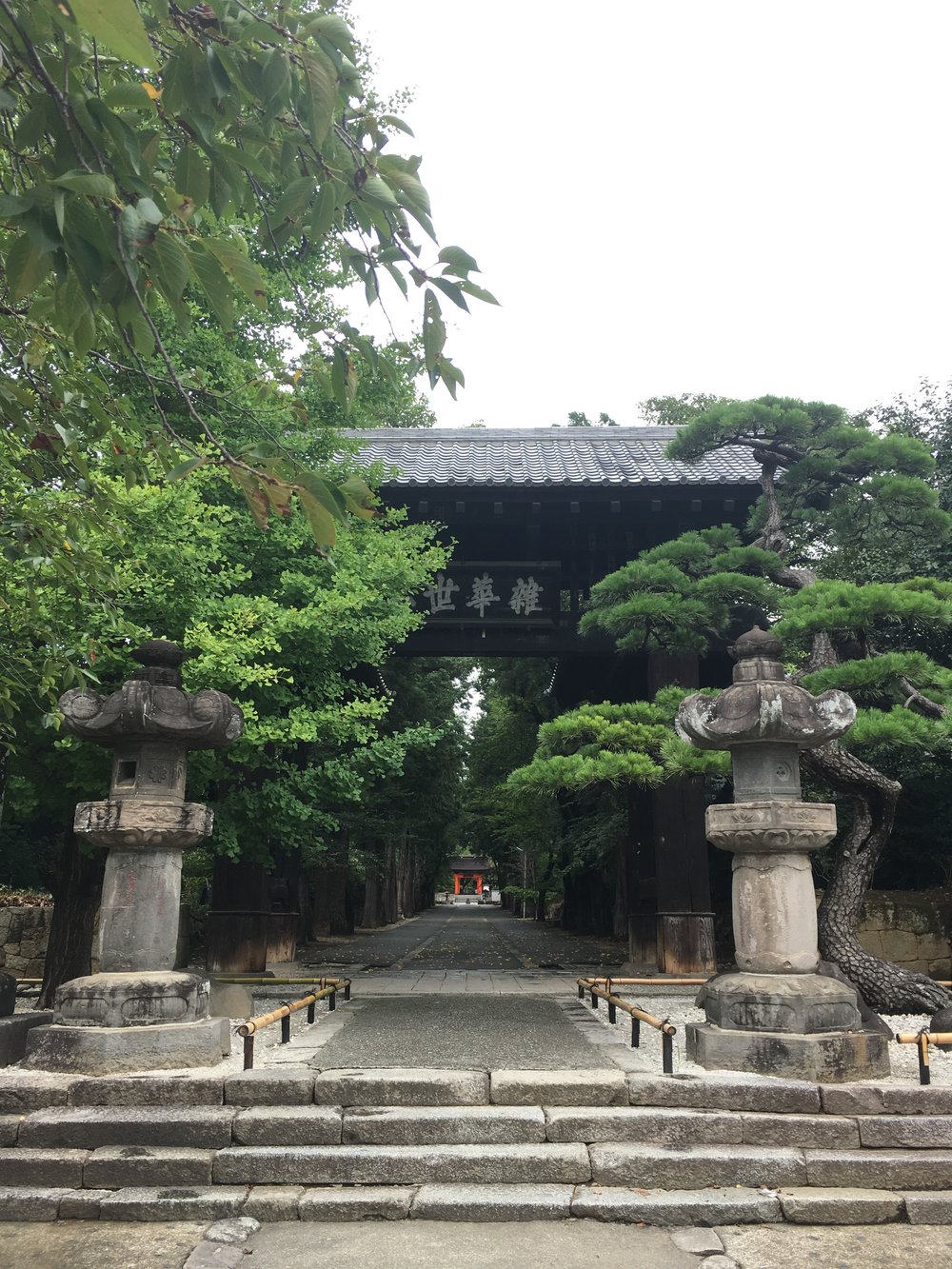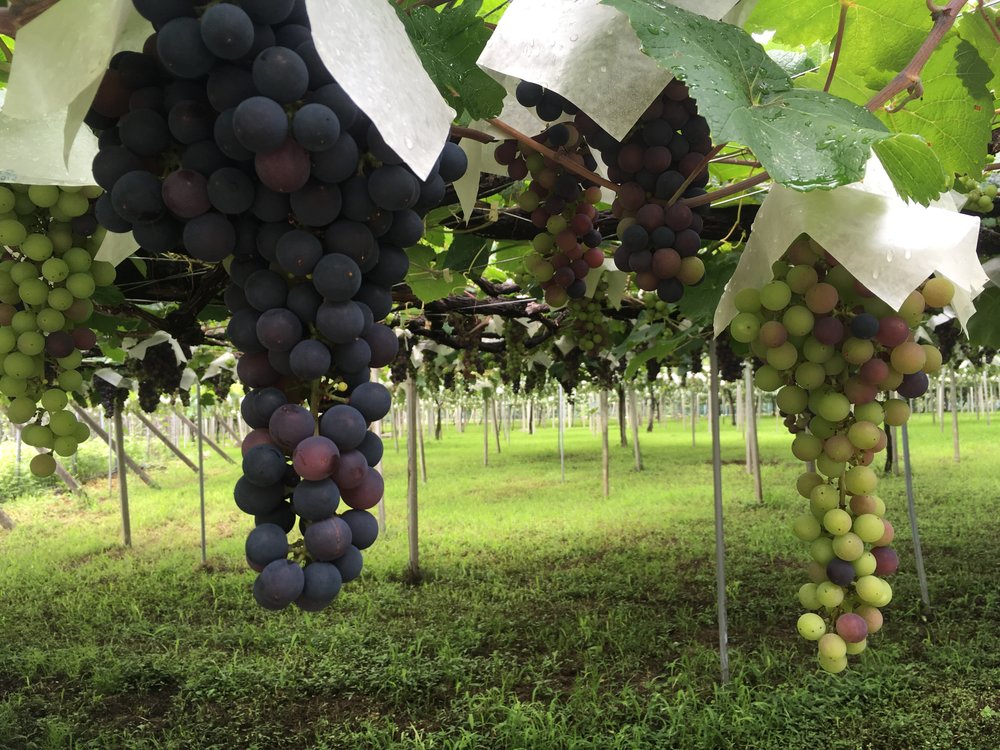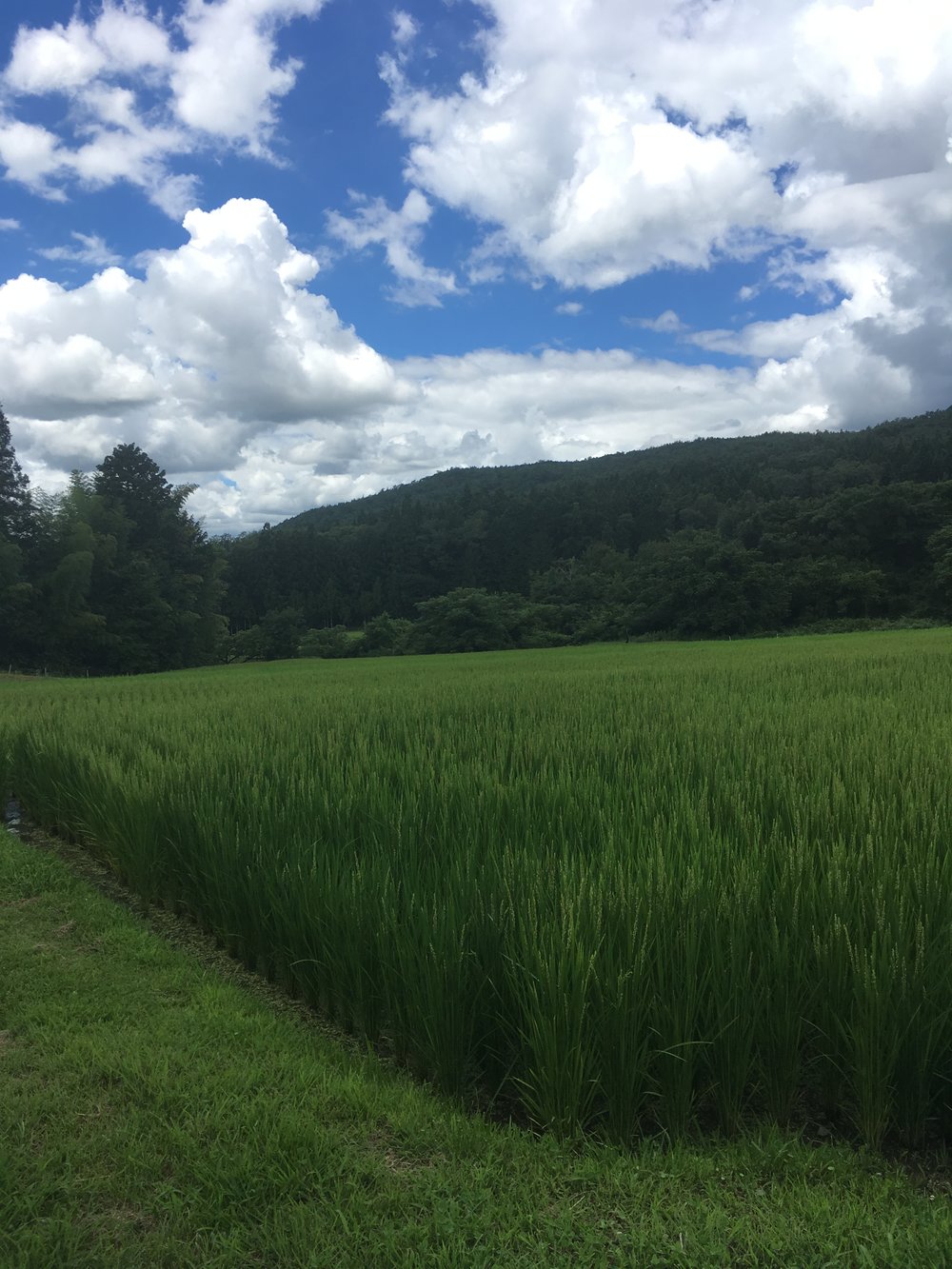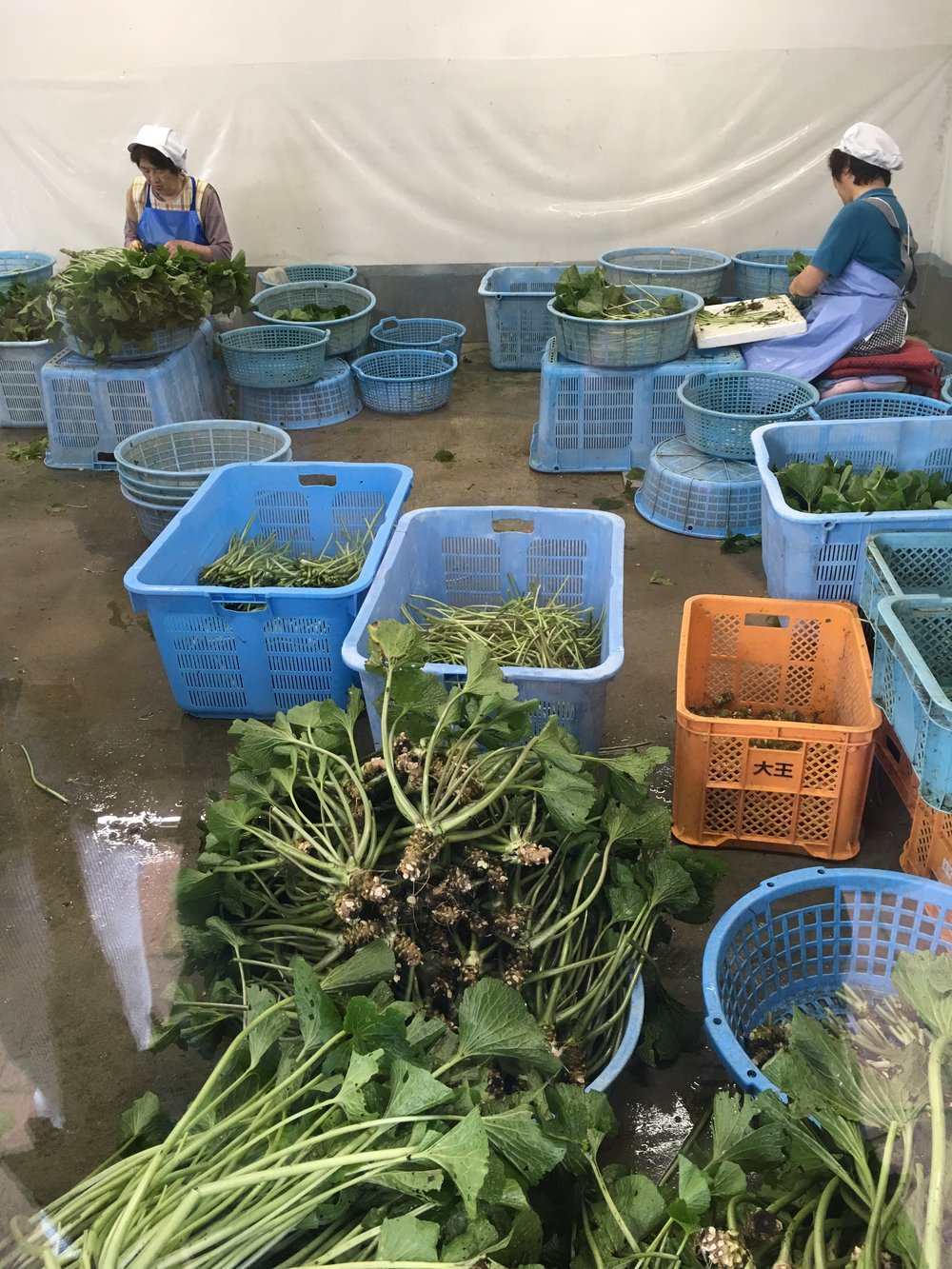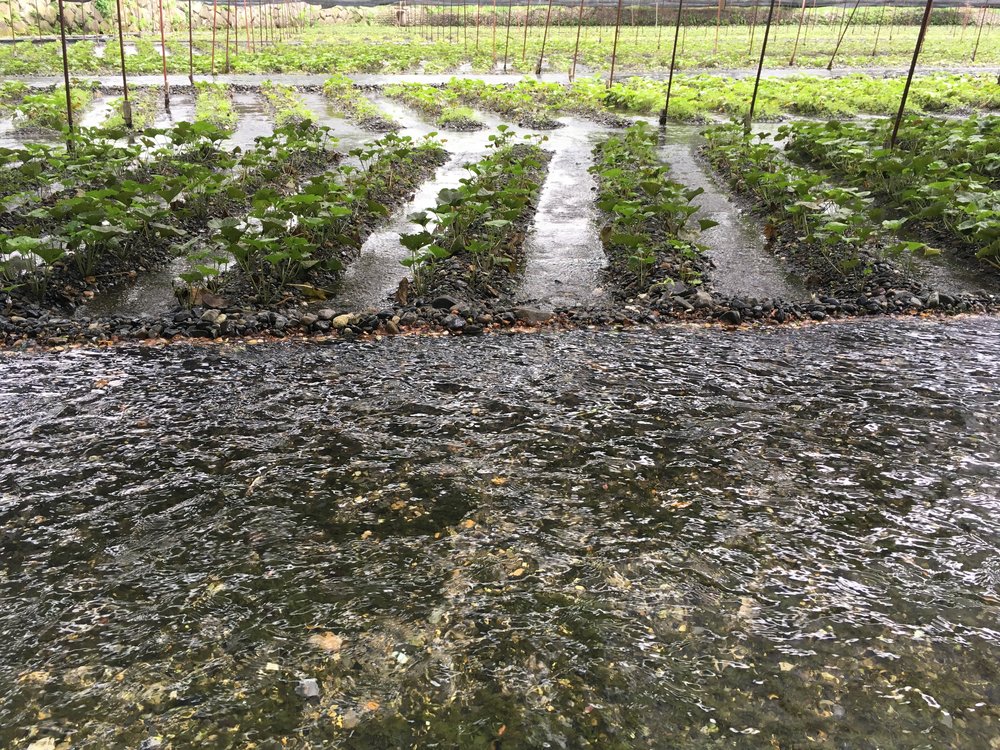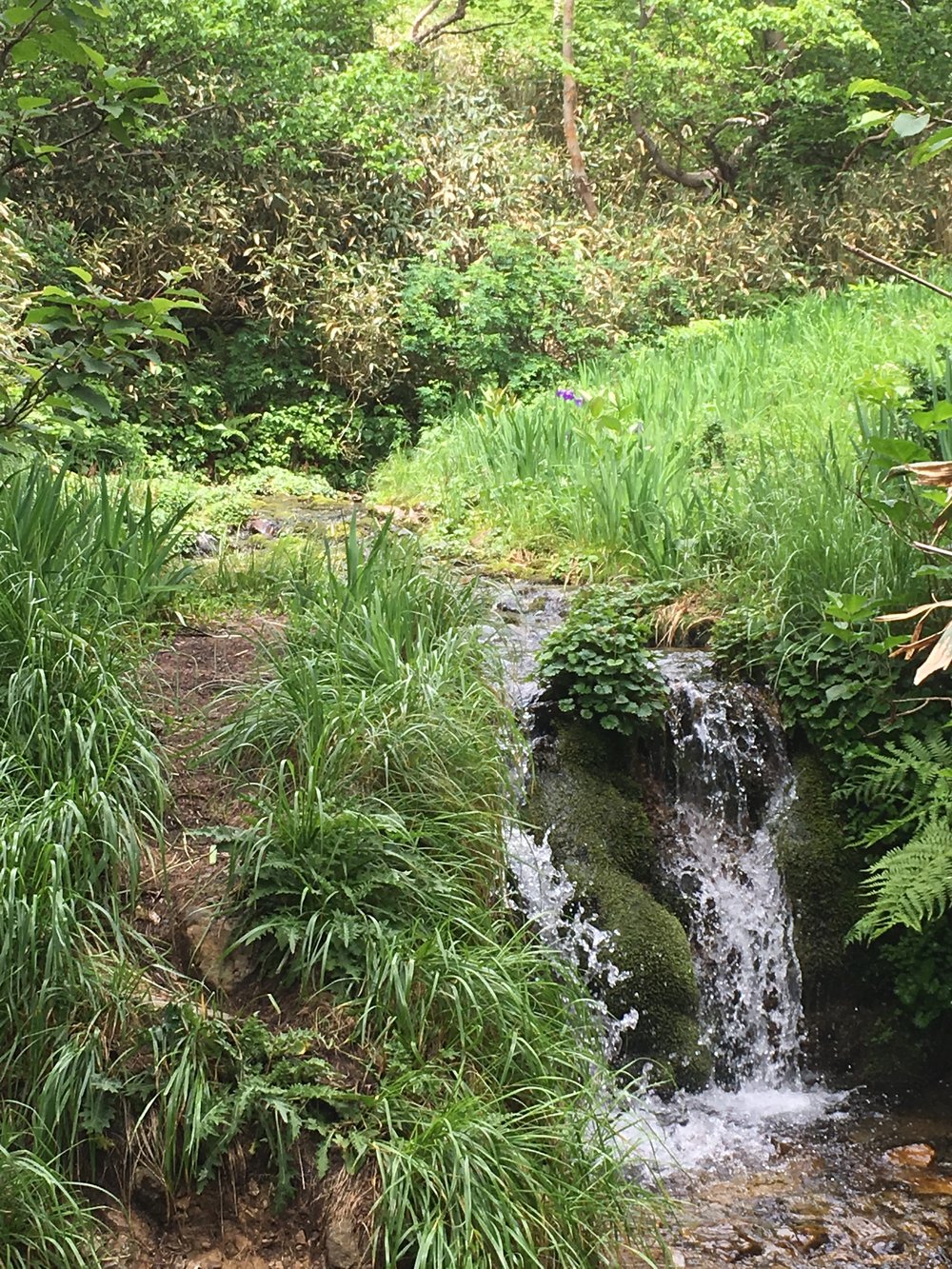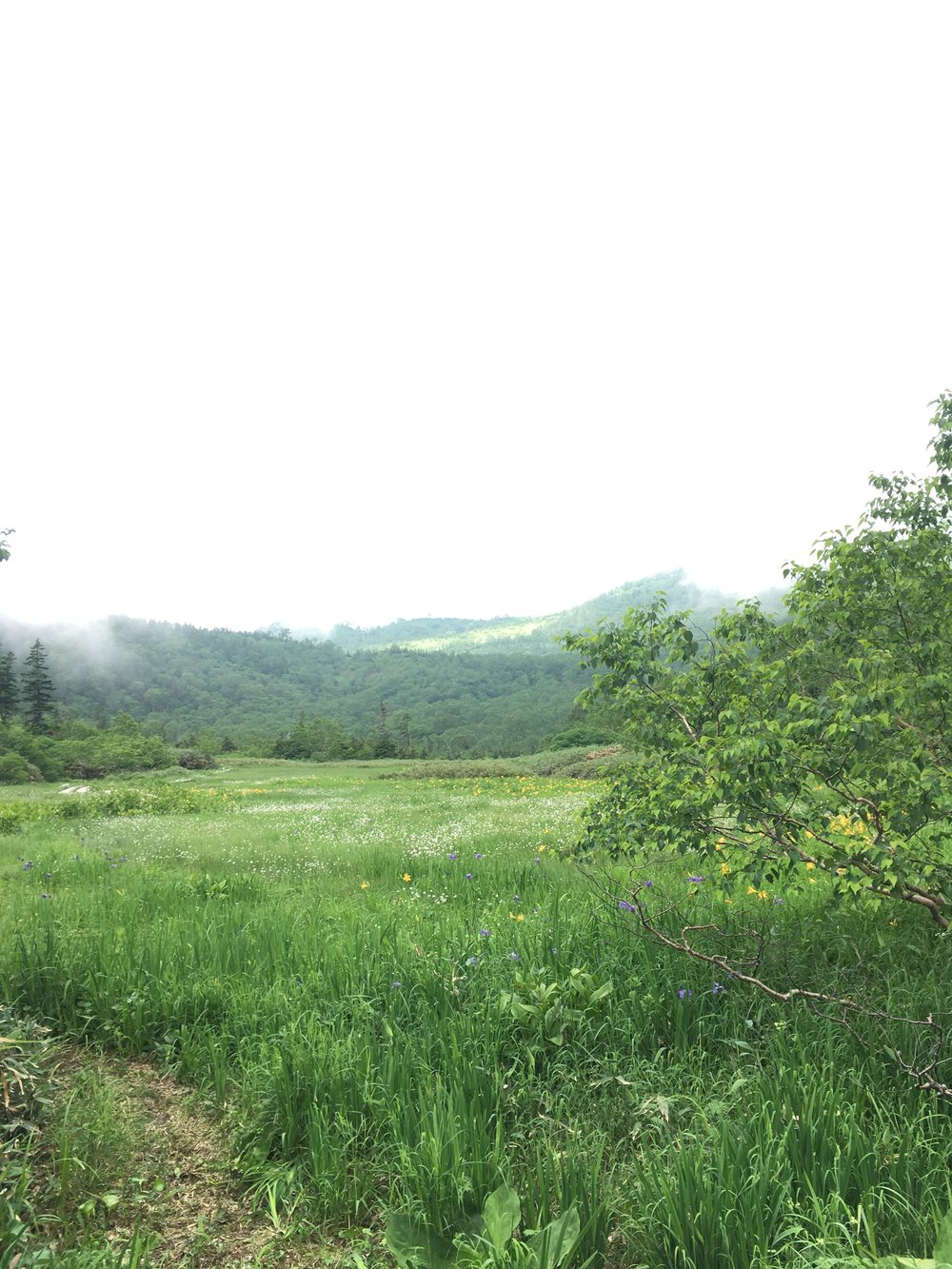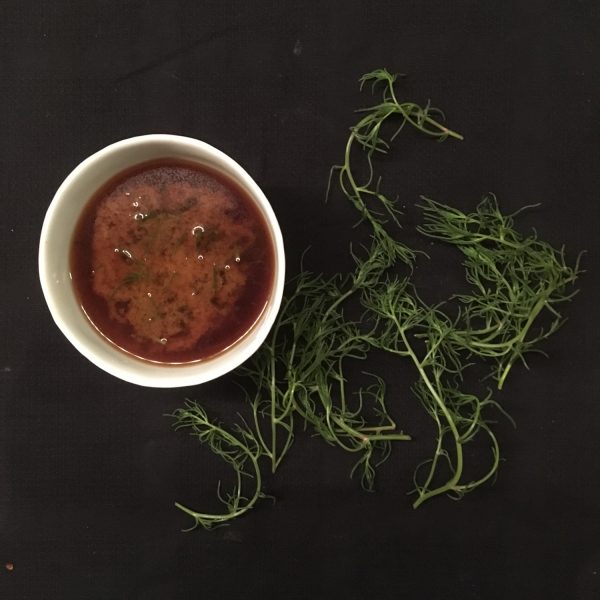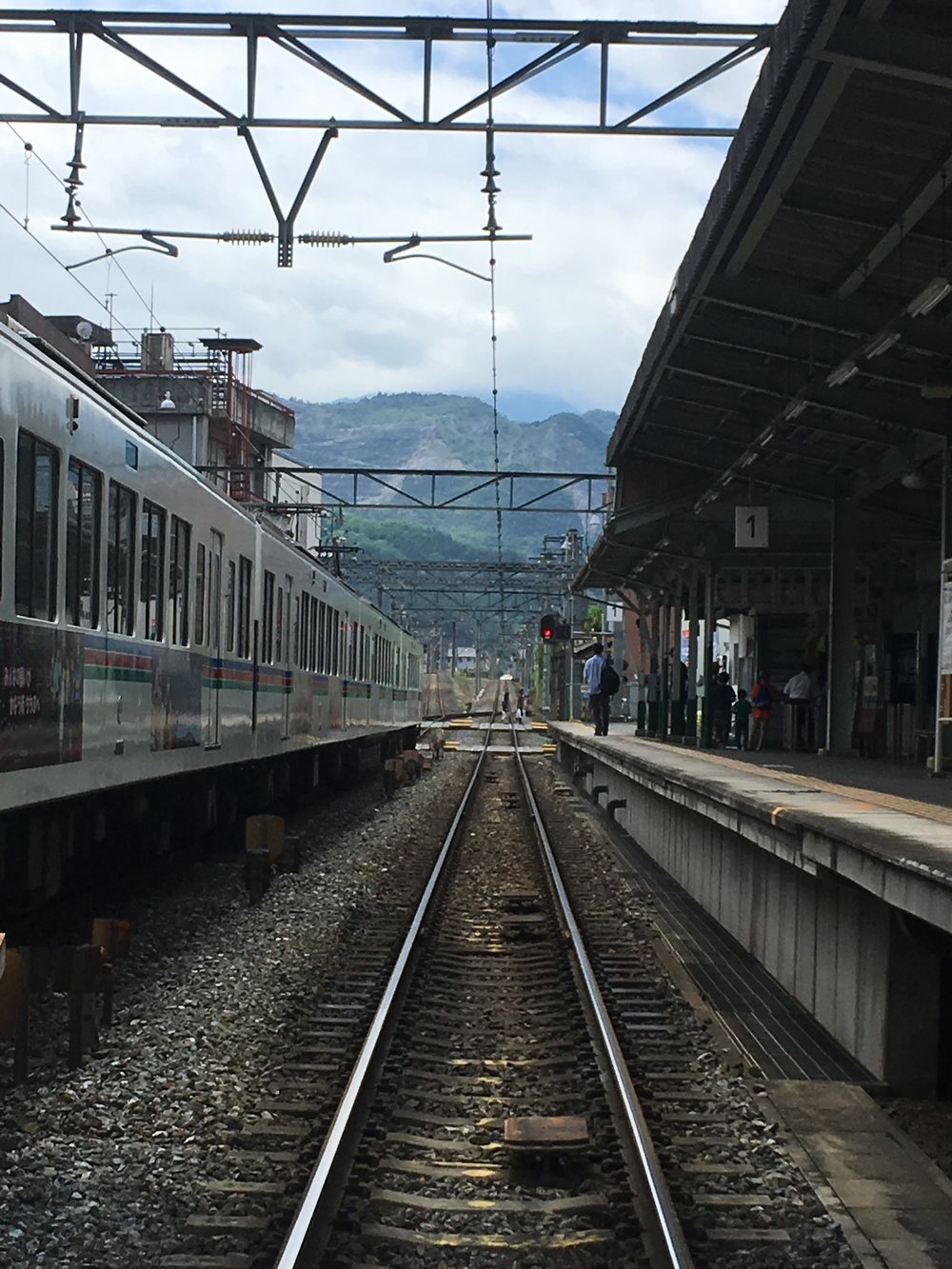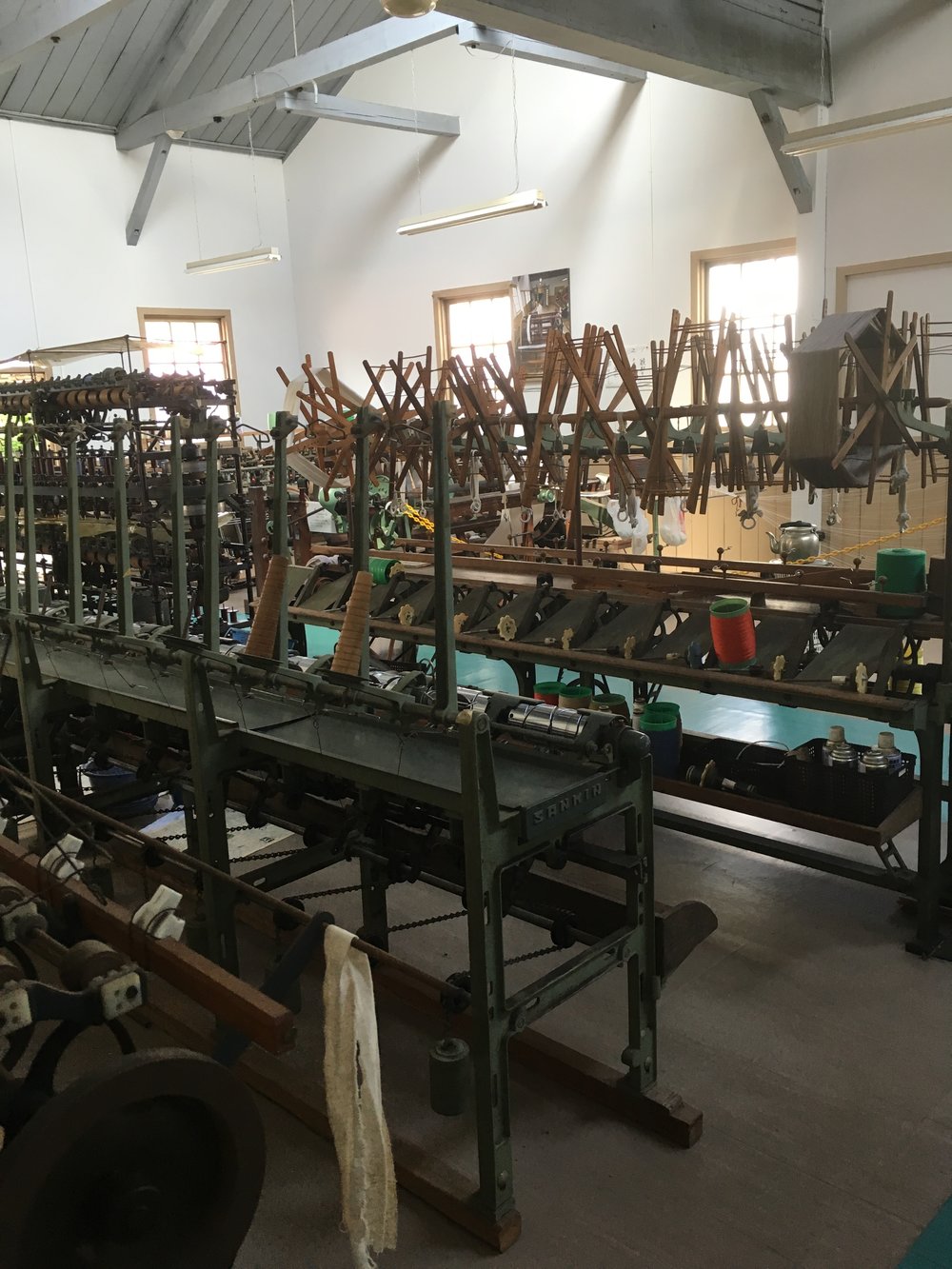This year so far, we haven’t traveled much abroad, rather we traveled to many places in Japan that were on my bucket list: we went to the north part of Okinawa, to Hakuba in the summer, to Takayama, to the Kiso valley etc… one other place on the list was Kurashiki. So when our visitors from France asked where we could go together, I opted for that destination. October is a perfect time to travel in Japan, the weather is usually nice, warm but not as hot as in the summer, and there is a beautiful light.
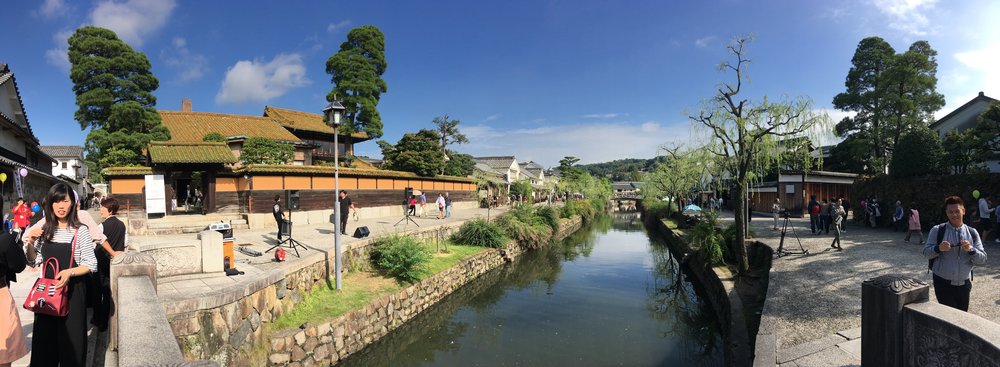
Because I didn’t have much time with moving and work, I didn’t really prepare our trip in detail, except for train tickets and hotel booking. I prepared it in the train on the way, and I think I did some pretty good job to entertain us 48h. The historical old town of Kurashiki, very well preserved with no electric poles like in Tsumago, with its canal, its weeping willows, and its tiled black and white cellars, is beautiful but actually it is very small. We hesitated visiting the Ohara museum, the first museum of western art in Japan, but then decided that there was better things to see than some Rodin sculptures or some Monet paintings. Instead we preferred the Ohashi house, the Ohara house, and the folk craft museum. Once we also had checked in the nicest cafes and the craft shops, and tried some craft workshop (A. and I finally made our first pottery on a potter’s wheel!!), we were surprised that there is actually more than that to visit… if you have a car… which is actually very easy to find! And much less crowded!!! In particular, the Tamashima area has a few interesting places to visit: Yunoki house, Entsuji temple and Tashima Haguro shrine. One thing also that was worth the drive, is the view from the top of the Washuzan at sunset. The view point is perfect to see the Seto Ohashi and the various small islands in the Seto Inland sea.
